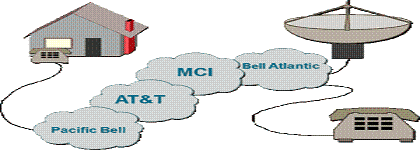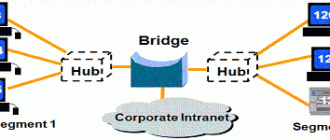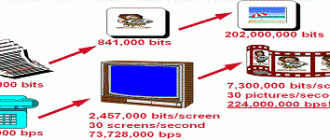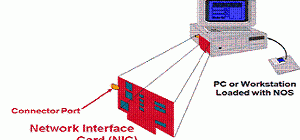Early networks
From a historical perspective, electronic communication has actually been around a long time, beginning with Samuel Morse and the telegraph. He sent the first telegraph message May 24, 1844 from Washington DC to Baltimore MD, 37 miles away. The message? “What hath God wrought.”
Less than 25 years later, Alexander Graham Bell invented the telephone – beating out a competitor to the patent office only by a couple of hours on Valentine’s Day in 1867. This led to the development of the ultimate analog network – the telephone system.
The first bit-oriented language device was developed by Emile Baudot – the printing telegraph. By bit-oriented we mean the device sent pulses of electricity which were either positive or had no voltage at all. These machines did not use Morse code. Baudot’s five-level code sent five pulses down the wire for each character transmitted. The machines did the encoding and decoding, eliminating the need for operators at both ends of the wires. For the first time, electronic messages could be sent by anyone.
Telephone Network
But it’s really the telephone network that has had the greatest impact on how businesses communicate and connect today. Until 1985, the Bell Telephone Company, now known as AT&T, owned the telephone network from end to end. It represented a phenomenal network, the largest then and still the largest today.

Let’s take a look at some additional developments in the communications industry that had a direct impact on the networking industry today.
Developments in Communication
In 1966, an individual named “Carter” invented a special device that attached to a telephone receiver that would allow construction workers to talk over the telephone from a two-way radio.
Bell telephone had a problem with this and sued – and eventually lost.
As a result, in 1975, the Federal Communications Commission ruled that devices could attach to the phone system, if they met certain specifications. Those specifications were approved in 1977 and became known as FCC Part 68. In fact, years ago you could look at the underside of a telephone not manufactured by Bell, and see the “Part 68” stamp of approval.
This ruling eventually led to the breakup of American Telephone and Telegraph in 1984, thus creating nine regional Bell operating companies like Pacific Bell, Bell Atlantic, Bell South, Mountain Bell, etc.
The break up of AT&T in 1984 opened the door for other competitors in the telecommunications market. Companies like Microwave Communications, Inc. (MCI), and Sprint. Today, when you make a phone call across the country, it may go through three or four different carrier networks in order to make the connection.

Now, let’s take a look at what was happening in the computer industry about the same time.






